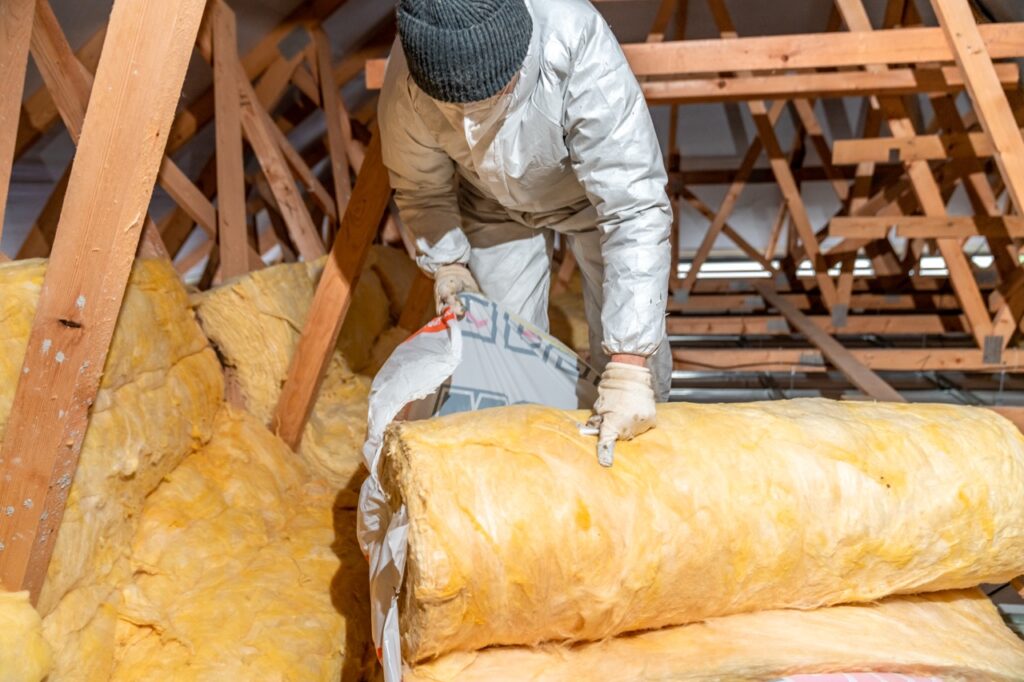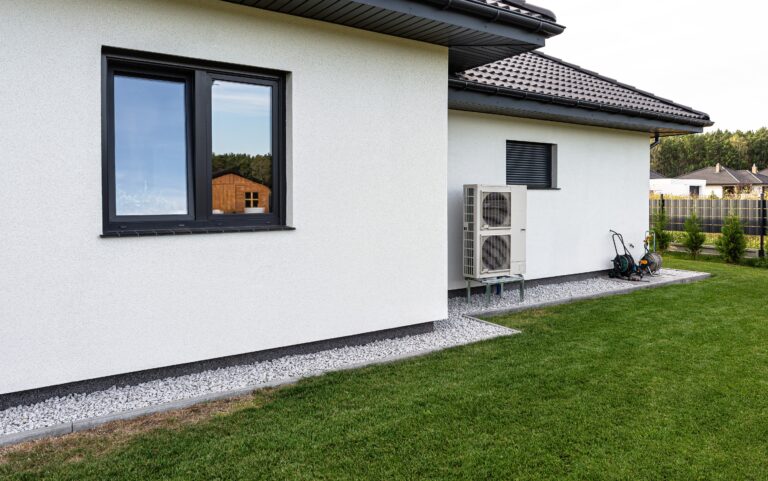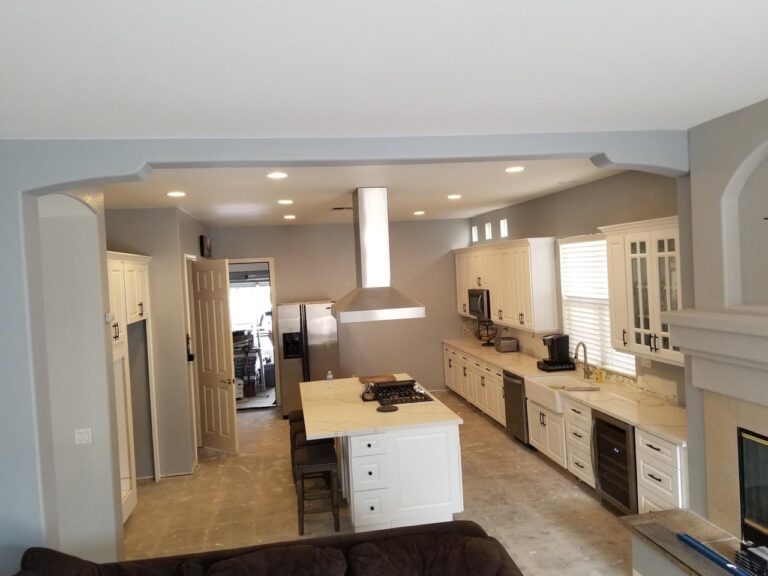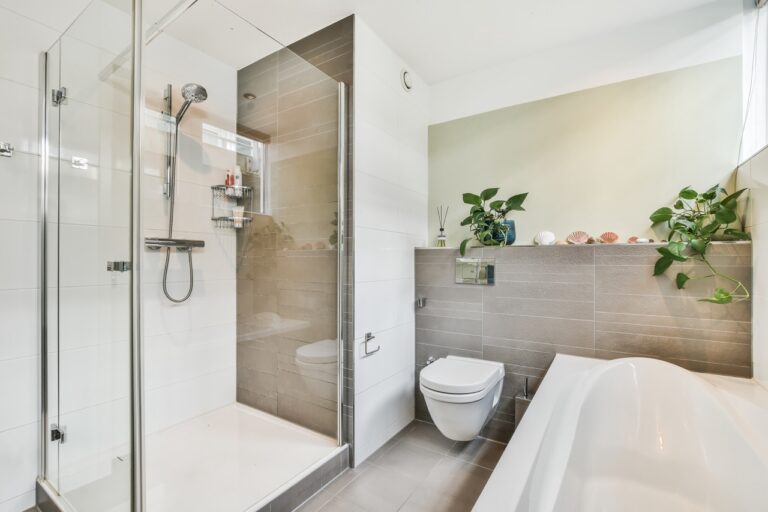Is your home heating up faster than your AC can cool it? West Covina summers are known for intense sun and rising temperatures, often sending energy bills through the roof. One of the most effective ways to combat this heat is with radiant barrier insulation.
Radiant barriers are a powerful form of reflective attic insulation that can dramatically reduce heat transfer into your home. Whether you’re planning an insulation upgrade or seeking energy savings, this guide explains how radiant barriers work, their benefits, and why they’re an excellent choice for West Covina homeowners.
What Is a Radiant Barrier and How Does It Work?
A radiant barrier is a highly reflective material, usually made of aluminum foil, installed in attics to reflect radiant heat rather than absorb it. Unlike traditional insulation that slows heat transfer, radiant barriers bounce radiant energy away from the home.
How it works in West Covina’s climate:
- The sun heats the roof
- The roof transfers heat into the attic
- Radiant barrier reflects this heat away, keeping attic temperatures lower
This means less heat enters your living space, allowing your air conditioner to work more efficiently.
Learn more about Roofing and Insulation
Key Benefits of Radiant Barrier Installation
Homeowners considering reflective attic insulation often do so for comfort and cost savings. Here’s why it’s especially valuable in Southern California.
1. Improved Energy Efficiency
Lower attic temperatures reduce the amount of heat transferred into the home, helping your HVAC system operate with less effort.
2. Reduced Cooling Costs
With less radiant heat entering your home, your air conditioner runs less frequently, which lowers electricity usage.
3. Enhanced Indoor Comfort
A cooler attic means cooler living spaces, especially in upper floors and rooms directly below the attic.
4. Extended Roof and HVAC Lifespan
Reducing heat stress on roofing materials and cooling equipment helps delay wear and prolongs the life of your system.
5. Quick Return on Investment
Most radiant barrier installations pay for themselves in just a few years through energy savings.

Best Installation Methods for Radiant Barriers
There are multiple ways to install a radiant barrier depending on your attic structure and insulation goals.
Stapled to Underside of Roof Rafters:
- Most common method
- Allows ventilation above the barrier
- Ideal for new homes or during roofing upgrades
Laid Over Existing Attic Insulation:
- Works well for flat attic floors
- Acts as a radiant shield between attic air and insulation
- Quick installation with minimal disruption
Attached to Roof Decking (During New Construction):
- Installed directly under shingles
- Most effective long-term solution
- Often combined with other energy upgrades
Each method has pros and cons based on accessibility and project scope.
See examples in Latest Projects
Radiant Barrier vs Traditional Insulation
It’s important to understand that radiant barriers are not a replacement for conventional insulation but a complement.
| Feature | Radiant Barrier | Traditional Insulation |
|---|---|---|
| Function | Reflects radiant heat | Slows heat conduction |
| Material | Foil-faced sheets or spray | Fiberglass, cellulose, foam |
| Best for | Hot, sunny climates | Year-round thermal insulation |
| Location | Attics or roof decks | Attics, walls, floors |
For the best results, combine both types to optimize energy performance and comfort.
Is Radiant Barrier Right for Your West Covina Home?
Radiant barrier insulation is ideal for:
- Homes with attics that get extremely hot in the summer
- Properties with air conditioning systems located in the attic
- Homes with asphalt shingle roofs that absorb more heat
- Homeowners looking for quick, affordable insulation upgrades
Related: Blown-In vs Spray Foam Insulation
What to Expect During Installation
Most radiant barrier installations take just one day depending on attic size and layout.
Installation steps include:
- Inspection of existing insulation and attic structure
- Choice of installation method (rafters or floor)
- Safe installation using foil sheets or rolls
- Sealing and cleanup of attic entry points
Professional installers use protective gear and ensure adequate ventilation to prevent moisture buildup.
Potential Challenges and How to Avoid Them
While radiant barriers are low-risk, incorrect installation can reduce their effectiveness.
Common issues include:
- Blocking attic vents, reducing airflow
- Contact with electrical wiring
- Installation on dirty or dusty surfaces
- Incorrect orientation of reflective side
Avoid these mistakes by working with experienced insulation professionals who understand building codes and energy efficiency standards.

Radiant Barrier Costs and ROI
Costs vary based on attic size, labor, and existing insulation conditions.
Typical price range:
- $0.50 to $1.50 per square foot for materials
- $300 to $2,000 total depending on attic size
Savings potential:
- 5 to 10 percent reduction in total energy bills
- ROI typically achieved in 3 to 5 years
Pairing radiant barriers with traditional insulation and energy-efficient HVAC equipment maximizes savings.
Radiant Barrier and Building Codes in California
California’s Title 24 building energy efficiency standards recommend radiant barriers for certain new constructions. For existing homes, they remain one of the most affordable energy-saving upgrades available.
Code considerations:
- Radiant barriers must meet ASTM C1313 performance standards
- Proper attic ventilation must be maintained
- Installation should not interfere with fire protection or wiring
Homeowners interested in compliant energy upgrades should always work with licensed professionals.
Additional Cooling Strategies to Pair with Radiant Barriers
To get the most from your home cooling insulation CA solutions, pair radiant barriers with:
- Attic fans or ridge vents
- Blown-in insulation for thermal resistance
- Light-colored or reflective roof shingles
- Energy-efficient windows and weather stripping
- Smart thermostats to monitor performance
These upgrades create a more comfortable and energy-efficient living environment.
Read more about Exterior Remodeling
Conclusion
When summer temperatures rise in West Covina, your attic becomes a hotspot that affects the entire home. Radiant barrier insulation offers an affordable, effective solution to reflect heat and reduce cooling costs. Whether you’re building a new home or upgrading your existing attic insulation, adding a radiant barrier is a smart investment for comfort, performance, and long-term savings.
For professional evaluation and installation tailored to West Covina homes, Serenity Home Remodeling offers reliable solutions backed by experience. Visit our Roofing and Insulation page or contact us to get started.
FAQ Section
What is a radiant barrier and how does it work?
A radiant barrier is a reflective material that reflects heat away from your attic, helping keep your home cooler.
Does a radiant barrier replace traditional insulation?
No. It complements insulation by reducing radiant heat, while traditional insulation slows down conductive heat.
How much can I save on energy bills?
Savings can range from 5 to 10 percent annually, depending on your home’s layout and current insulation.
Where should radiant barriers be installed?
They are commonly stapled to attic rafters or laid over existing attic floor insulation.
Is radiant barrier effective in winter?
They are more effective in summer, but still help reduce heat loss when combined with other insulation types.
Do radiant barriers require maintenance?
No regular maintenance is required if installed properly and kept clean.
Can I install a radiant barrier myself?
DIY is possible, but for best performance and safety, professional installation is recommended.
Does it work in humid climates?
Yes, but proper attic ventilation is essential to avoid moisture issues.
Are there any safety concerns?
Radiant barriers should not touch electrical wires or block ventilation systems.
Is it worth it for older homes?
Absolutely. Older homes often lack proper attic insulation, making radiant barrier upgrades highly effective.


















